“A System”
Chronological Order/
The Humanities:
The order in which the “History of Art” is presented is through the use of our visual and colorful timeline. It instills in the children a natural sense of order that aligns with the history of human development, the “Humanities.” The “Humanities” can be defined as the study of the myriad ways in which people from every period of history and from every corner of the globe, process and document the human experience. Since humans have been able, we have used philosophy, literature, religion, art, music, history and language to understand and record our world. These models of expression have become some of the subjects that traditionally fall under the humanities umbrella. Knowledge of these records of human experience gives us the opportunity to feel a sense of connection to those who have come before us, as well as to our contemporaries. “Stanford Scholar Calls for New Definition of the Humanities, “By Humanities at Stanford, November 1, 2011, Stanfords Humanities Center (Home of the Human Experience).
Heightened Self Esteem:
Our program is a WIN! WIN! situation for the children, where all their efforts are acknowledged and highly nurtured with enthusiastic guidance, support, and positive reinforcement. The success we have experienced over the past nineteen years attests to the ability of our program as we teach the children what the word “Self-Esteem” actually means, (That special feeling we get about ourselves when we do something good, participate in something meaningful, help our parents, succeed in a sports activity, participate in the art making process, etc.) The children truly learn the meaning of the word by this exercise, which in itself creates “Heightened Self- Esteem.” We encourage the use of a “Certificate of Achievement” for participation in the Art Docent Program presented at the end of a several day or week program, which is personalized for each child. This can be posted in their home, as it is a testament to their participation and a symbol of “Success.”
Multiculturalism:
We cannot emphasize enough the importance that Multiculturalism plays in today’s global society. We reinforce this by incorporating a respect for and an understanding of the multicultural experiences that are highlighted as the children travel the timeline to different parts of the world and discover art from diverse cultures. We focus on important as well as interesting areas pertaining to the particular class in which they are participating. Multiculturalism is another one of our key vocabulary words that are reinforced and reviewed throughout our program. By highlighting positive factors associated with diversity, students develop a positive perception of themselves. This builds a respect for others, through the knowledge gained about the contributions of diverse cultures. This is how the arts help bridge the achievement gap in all areas of education especially among racial and ethnic minorities, the underserved students in our communities. We also utilize the flags of the world, located on the map as symbols/icons of the particular country they represent. It has proven to be very effective for the children!
Therapeutic Effect:
The term “Therapeutic Benefits of Exposure to the Arts” is widely used and associated with art education particularly as it relates to children’s art education. However, it is rarely detailed as to what these therapeutic benefits actually are. We have studied this statement in depth and after much research, emphatically support and confirm the numerous benefits associated with participating in the process of creating “Art.” To state just a few of these many positive benefits:
- It allows children a means of release by externalizing inner emotions, thus relieving stress.
- Increases the brains level of serotonin, the chemical linked to depression. The higher the level of serotonin the less chance of depression.
- Brain scans indicate increased blood flow to the brain during periods of creative thought and any creative activity that is enjoyable which gives rise to “Alpha Wave Patterns” typical of restful alertness, the relaxed but aware state found in meditation. (Cathy Malchiodi, The Art Therapy Handbook)
This focus and research that we have conducted, combined with the experience gained by instructing our classes and interacting with thousands of children over the past nineteen years, has led us at the Art Docent Company to form a hypothesis, supported by questioning posed to eminent experts in the field of cognition and neuroscience.
This hypothesis is: the suggestion that the execution of any type or form of art, be it drawing lines, shapes, simple figures, the use of color, through any medium, activates a primal function, which we relate to a therapeutic benefit. This primal function which we believe is directly related to a sense of self- esteem gained by the effect of such undertakings may be responsible for the development of “Art” as we know it today.
Children are introduced to the concept of therapy in a casual and positive way, by the use of vocabulary, learning and participating in subtle yet effective techniques to reduce stress such as the creation of mandalas or sacred circles, simple breathing exercises, the study of early man, and cave paintings, where open ended questions pertaining to the development of man are posed. For example why did man create these early works of art? We further incorporate the technique of the power of suggestion, to capitalize on its documented positive effects.
We do not analyze the children or their works. We embrace the healing and calming effects that creating art brings to all who participate in this process. In today’s environment filled with calamity and uncertainty these therapeutic benefits of exposure to the arts are inextricably linked to developing “heightened self esteem” and have never been more necessary and beneficial!
Social and Emotional Development and Learning: (SEDL)
This important quality which integrates the child’s social skills with the standards-based curriculum begins in the home and is further facilitated within or in cooperation with the schools through a number of approaches, which align with many of the “Benefits Purposes and Principles” of our program, particularly, chronological order, heightened self-esteem, multiculturalism, therapeutic effect, and classical enrichment and is further reinforced with the emphasis we place on cooperation in each of our classes. “Today’s educators are charged not only with preparing students to pass tests in school, but also to pass tests in Life.” (Joseph E. Zins, Maurice J. Elias) SEDL is the capacity to recognize and manage emotions, solve problems effectively, and establish positive relationships with others, competencies that clearly are essential for all students to achieve to become successful members of society.
Vocabulary Development/Multi-Modal Learning:
It is proven that vocabulary building raises academic development. The need for a strong vocabulary is currently being reinforced globally in progressive educational organizations. Vocabulary building is integrated into each of our lesson plans, singling out important as well as interesting words. These words are first introduced and explained orally, aurally heard, and visually viewed so the children become primed to them, this process is based on generative practices in learning suggested by the noted author and scholar of many books on multi-media learning. (Richard E. Mayer, Multi-Media Learning, second edition, 2012) It increases good retention and transfer. Each class’s story is then read aloud after the children have already been familiarized with the words they will encounter. Many of the key words are reviewed for reinforcement over the course of the program.
Study of Geography:
The prominent placement and use of the map of the world throughout each class emphasizes this important science. It links the children to the important fact that the world and its different environs are the source of multiculturalism.
Classical Enrichment:
We believe that exposure to the arts as provided to children attending our program creates what we at The Art Docent Company have coined a “Softening Edge.” This classical enrichment affects a balance with popular culture’s influence, which far outweighs our ability as parents and educators to influence our children as much as we would like. As they learn about famous artists and art movements, we encourage the use of classical composers and their music as well as period pieces that can be played to contribute to their enlightenment and pleasure. This helps to increase their interest, adds an entertainment factor, and compliments the program.
Storytelling/Multi-Modal Learning:
Storytelling is the language art that predates written history. It entertains while also effectively communicates the information to its listeners; our stories for each lesson plan are orally recited, aurally heard, and visually illustrated. This multi-modal concept supports the development of students reading skills, “Hearing text aloud improves reading ability” states Beers (1998). This dual concept of the story being read aloud as well as being exhibited on screen acts as a support, which allows students to read above their actual grade level. Storytelling enhances and facilitates a better understanding of the subject matter. Our lesson plans incorporate the use of a story containing the key elements of each lesson plan being presented. The use of the story ensures that the children receive the key facts of the lesson plan as well as increases their interest and better prepares them to participate in the ongoing class with greater cognition.
Repetitive Teaching:
The use of a review methodology is integrated into our program by the repetitive review of words and concepts, which are first introduced in the story at the start of each class and further reinforced at the start of each consecutive lesson plan in the program. The teaching through repetition is a proven technique in successful learning, especially in younger children and also develops heightened self-esteem. This is also known as rehearsal.
Self-Realization “Understanding Creativity”:
By explaining the meaning of and giving a description of creative ability and imagination to our students, we believe it fosters an understanding and fulfillment by each child of the possibilities, which each individual person embodies. It empowers them and allows them to recognize the effects of this special ability. We encourage them to track their creative ideas by recording them, savoring them, and by continuing to study and learn about this very complex process called “creativity.”
In House Instruction:
We know for a fact that organizations throughout the country are having difficulties with vendors who are offering outsourced presentations for their classes and programs. This is partly due to the inability of the vendors to provide, on a timely basis, well-trained instructors for their classes, while also meeting the logistical challenges this represents. A vendor’s website attests to the various difficulties in providing even just a “warm body” to present their classes. One of the prerequisites advertised was that of “a good running car being necessary.” When taking this into account you can better understand the benefit of offering a program, which is designed to be easily presented “In-House” by your representative teacher or docent. The Art Docent Company’s lesson plans are designed to be simply navigated with ease of set-up incorporated into them. This also allows for easy take down and clean up after class is completed, to assist teachers and docents so they may get on with their busy schedules. We provide excellent training and support, via a video instructional tutorial and docent notes and suggestions for docents and teachers to ensure the success of our program, and we offer unlimited support through our well designed website!
Note: Our lesson plans meet and exceed the requirements of all current National Standards for the Visual Arts.
A complete matrix of our compliance with the National Standards for the Visual Arts can be viewed here.



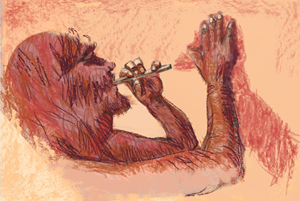
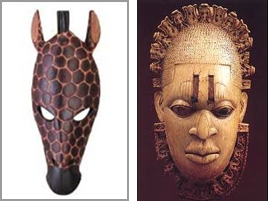







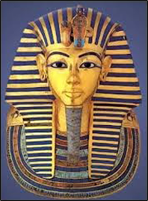
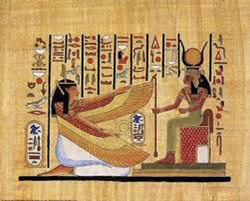



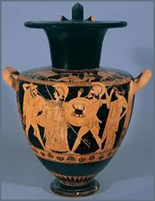
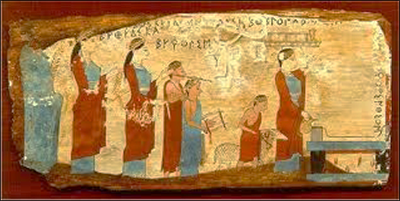
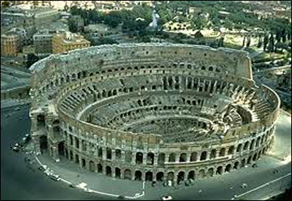

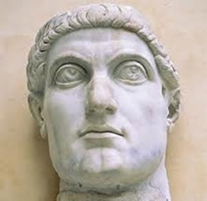

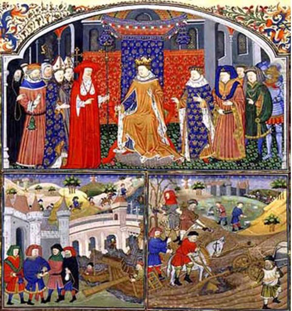
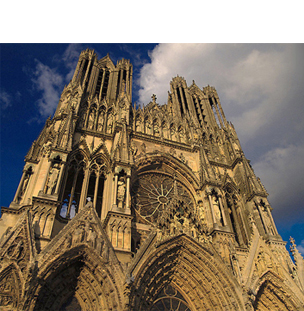

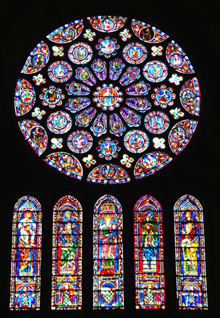
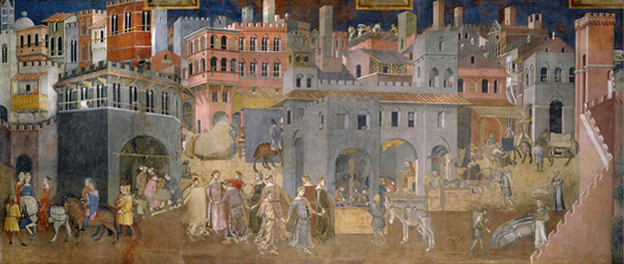

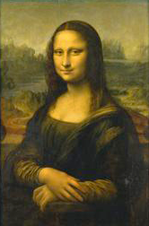
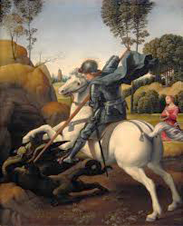
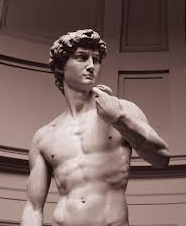


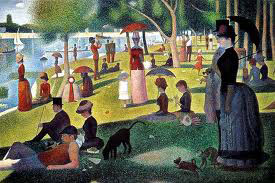
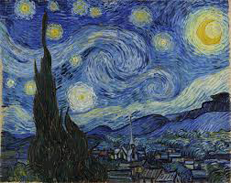

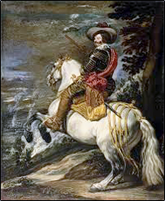

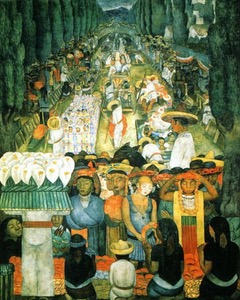
Comments are closed.